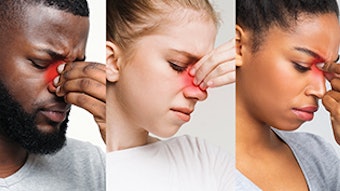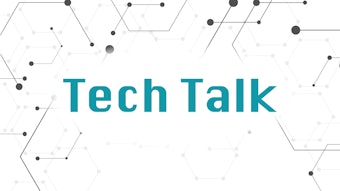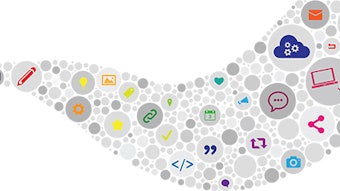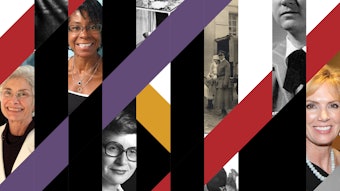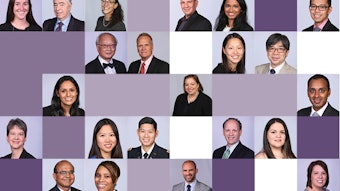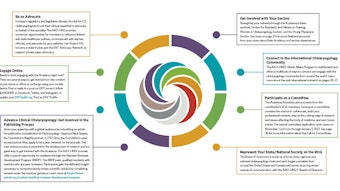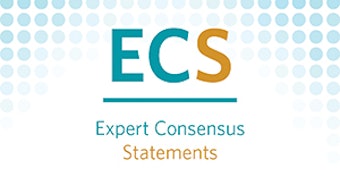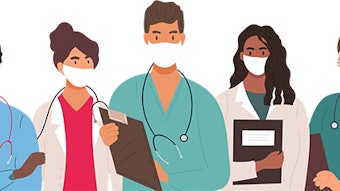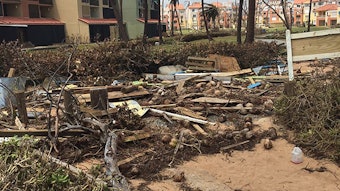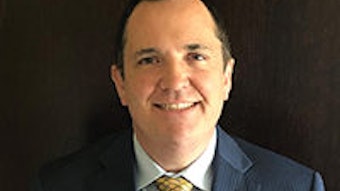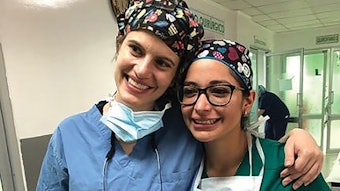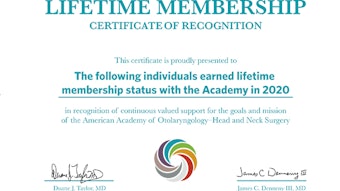American Rhinologic Society
The COVID-19 pandemic has altered nearly all aspects of our daily lives, but otolaryngology in general, and rhinology in particular, face unique challenges. The nose and nasopharynx harbor substantial quantities of the virus and many of our standard methods of examining this region have the potential to aerosolize the virus.
Robert C. Kern, MD, President; Michael G. Stewart, MD, MPH, Executive Vice President; Joseph K. Han, MD, President-Elect; and Brent A. Senior, MD, Vice President of Development & Strategic Initiatives

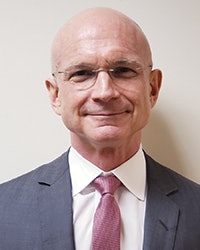 Robert C. Kern, MD
Robert C. Kern, MDThe COVID-19 pandemic has altered nearly all aspects of our daily lives, but otolaryngology in general, and rhinology in particular, face unique challenges. The nose and nasopharynx harbor substantial quantities of the virus and many of our standard methods of examining this region have the potential to aerosolize the virus. Around the country rhinologists have communicated with each other and adapted to this new reality, based on practice patterns, culture, geographic setting, and resources available in their locale. This column delineates some of the key changes instituted by the senior leadership of the American Rhinologic Society (ARS) in their practice settings in an effort to resume safe, practical rhinologic care. This is a summary of an international webinar delivered in concert with the Philippine Academy of Rhinology and the Philippine Society of Otolaryngology-Head and Neck Surgery in mid-July 2020.
Step one in the process includes screening patients for COVID-19 symptoms with phone calls 24 to 48 hours prior to the office visit. Telemedicine may be a viable option depending on the reasons for the visit. Telemedicine may allow delivery of care while minimizing unnecessary office foot traffic. If an in-person visit is necessary, these questions are repeated at the time of the actual visit, along with temperature checks, in an effort to redirect likely COVID-19 patients away from the otolaryngologist’s office. The waiting area should also be arranged in a manner to facilitate social distancing, often a challenge in urban offices that are space constrained.
The next step is to ensure optimal exam room setup by minimizing instruments and objects in general that are exposed inside the room. This facilitates cleaning of the rooms between patient visits. Aerosol sprays have in general given way to nasal cotton to deliver topical anesthetics and decongestants to the nose.
Next, and possibly most important, is to have the patient wear a mask when entering and exiting the clinic and at all times during the visit when possible. The patient or even the provider may be shedding the virus and masks limit this spread. Use of portals, either premade or with slits cut in the masks, may facilitate nasal endoscopy and limit spread by controlling the source should the patient cough or sneeze. The mask is problematic if nasal procedures, such as debridement, biopsy, or nasal cautery, are required, however.
Consequently many otolaryngologists have opted to test all patients for COVID-19 who are undergoing office procedures that may result in significant aerosolization. Use of point-of-care, rapid COVID-19 testing is an option if available.
Regardless, these procedures, particularly in COVID-19 unknown patients, mandate more extensive PPE, including N95 masks, eye shields, gloves, and possibly cap, gowns, and boots. HEPA filter units, ventilation, and negative pressure rooms help limit room contamination and facilitate room turnover between patients. Certainly cost and building conditions can be a limiting factor, particularly in an urban high-rise setting. These filtration devices can be noisy as well and are problematic when treating patients who are deaf or hard of hearing.
Collectively these changes have permitted resumption of rhinologic care in the COVID-19 era, although with increased cost and decreases in patient flow. Until vaccines are available or herd immunity is attained, these compromises appear necessary to ensure patient and provider safety.

